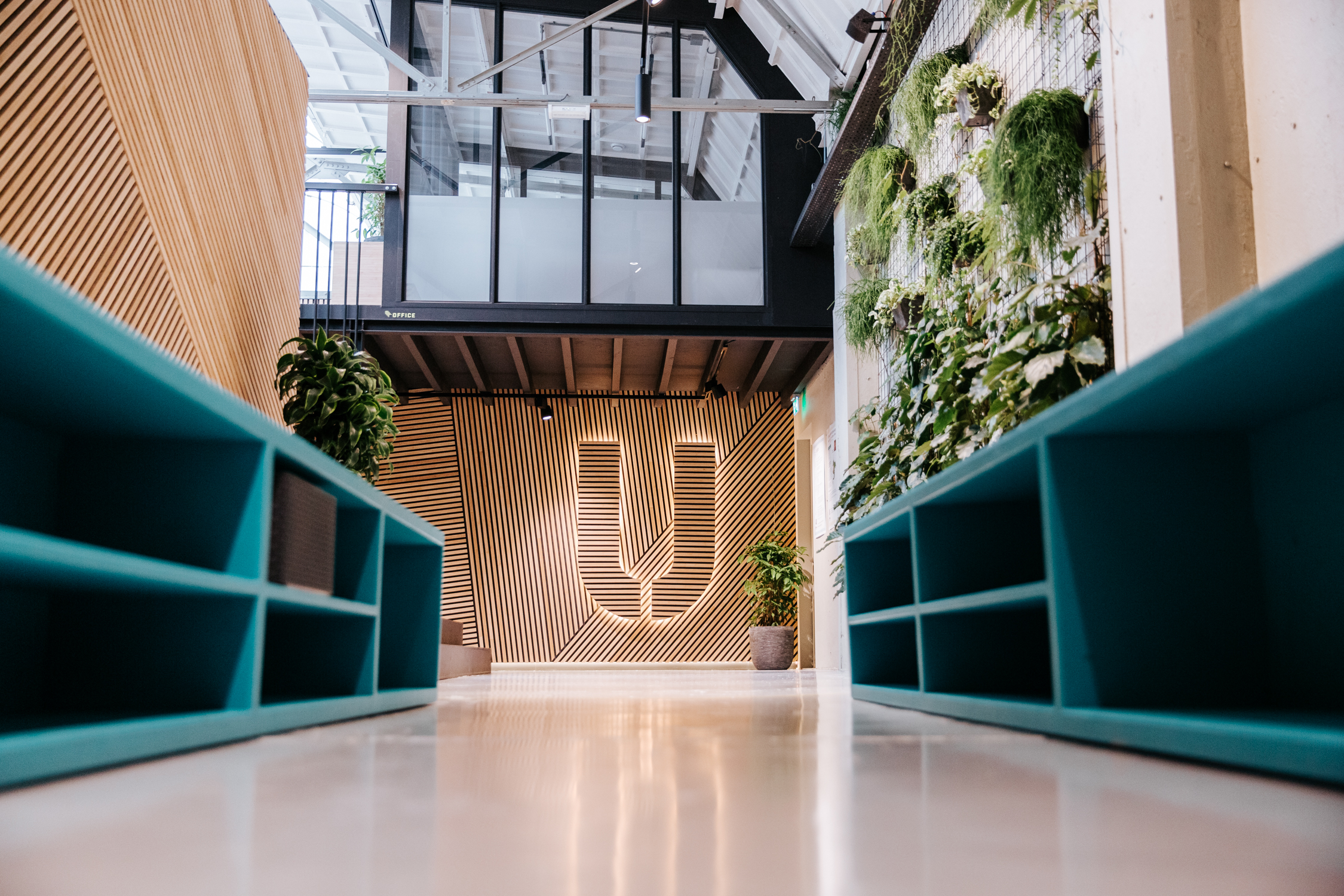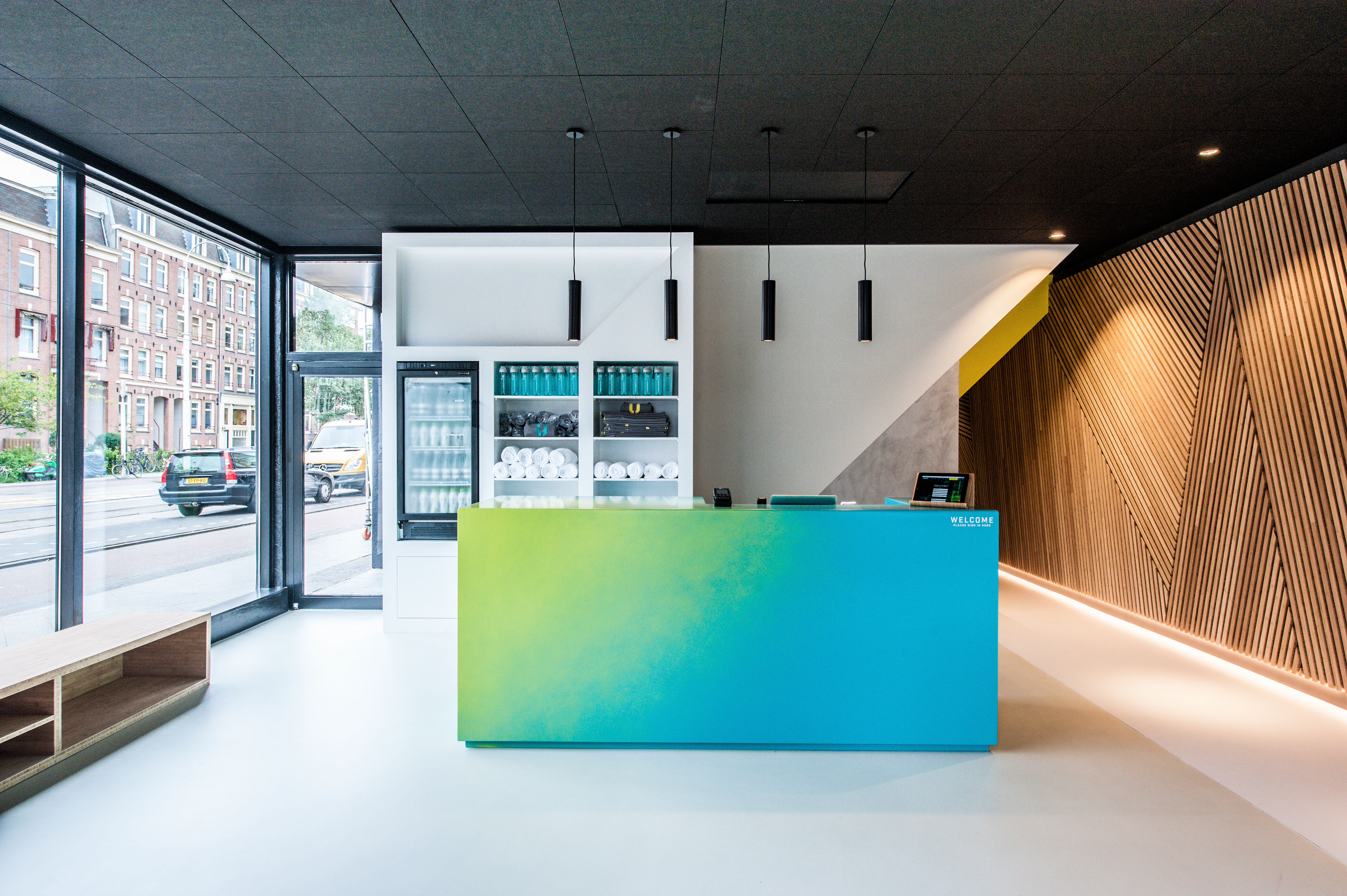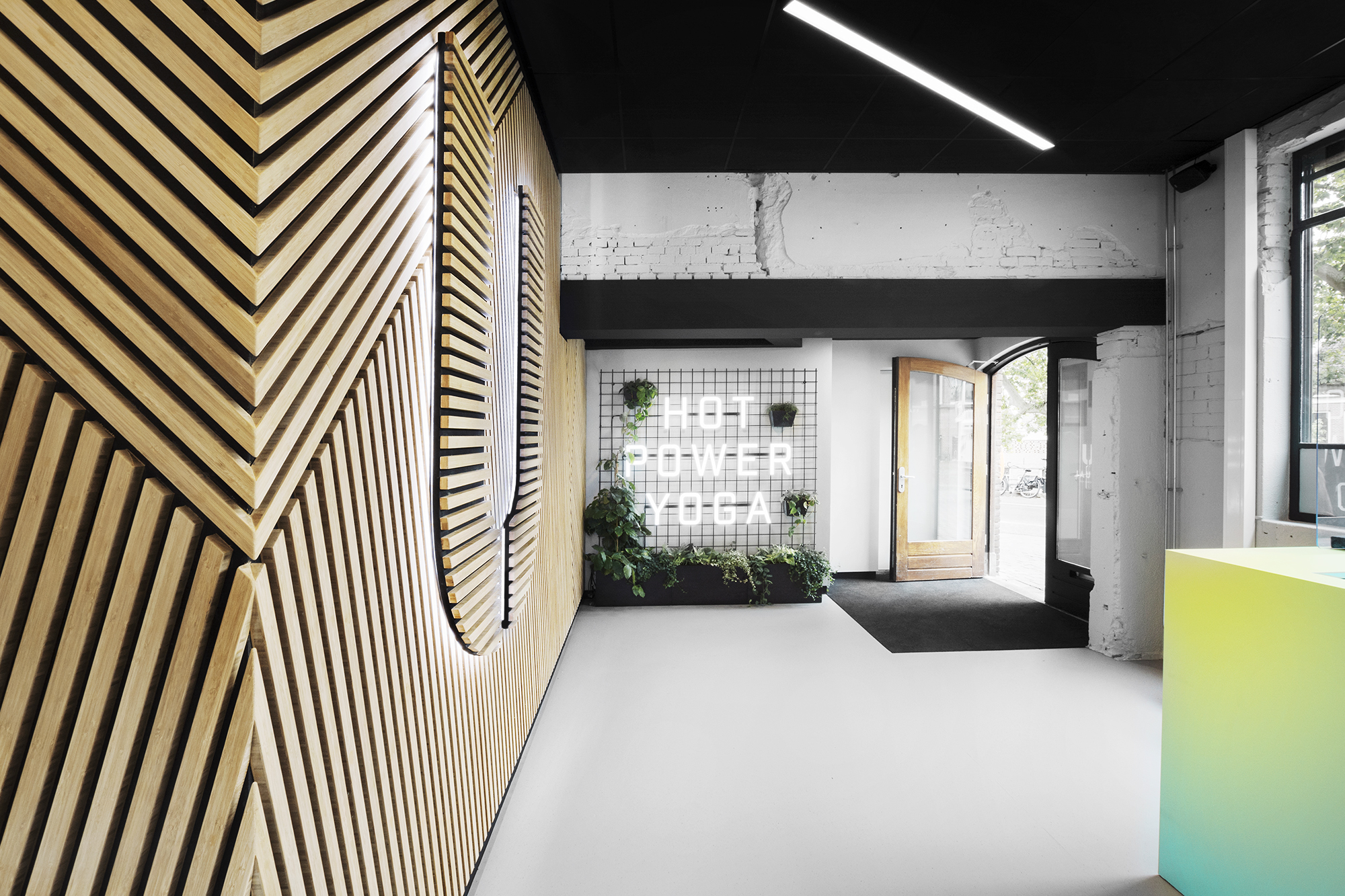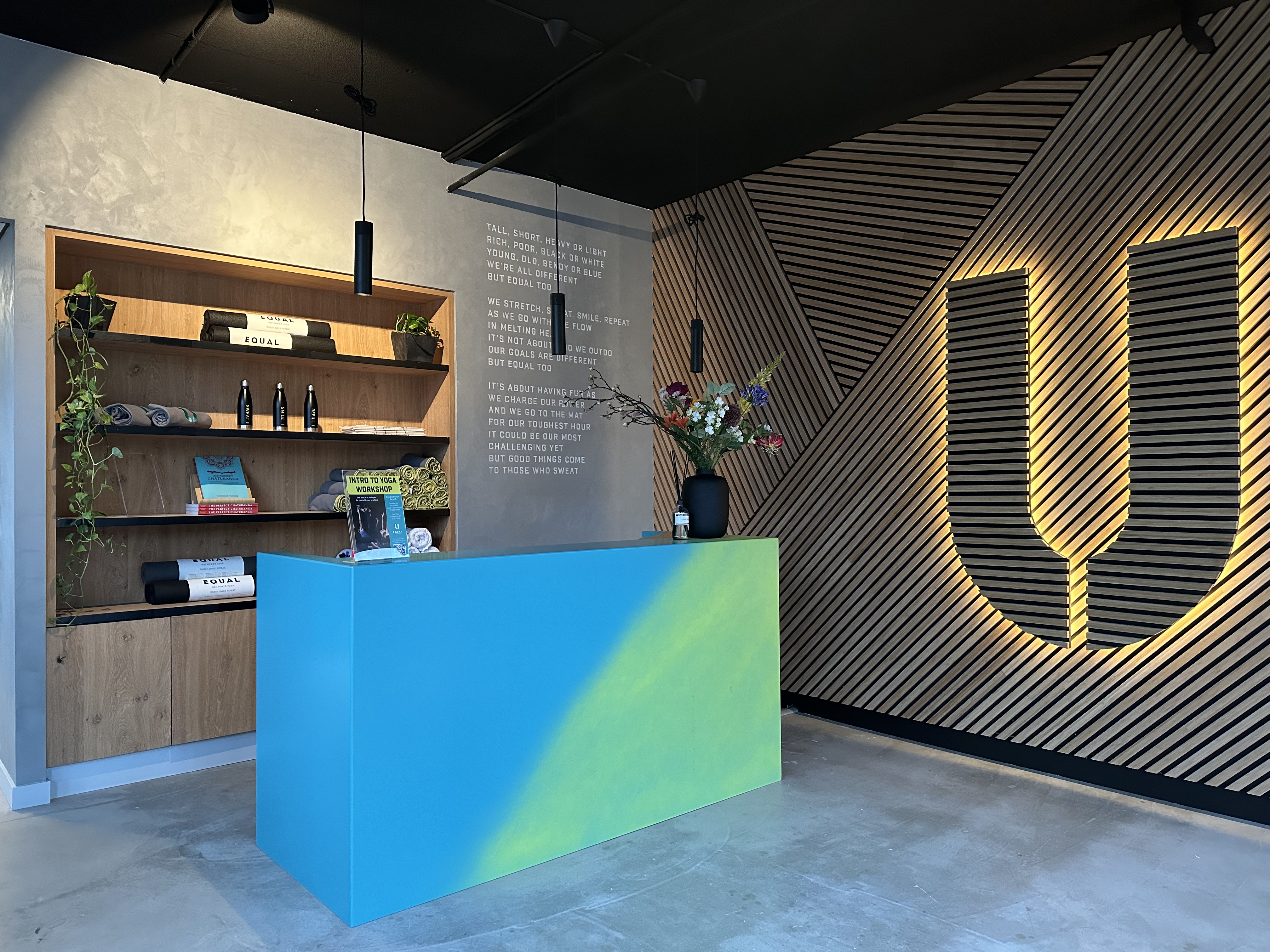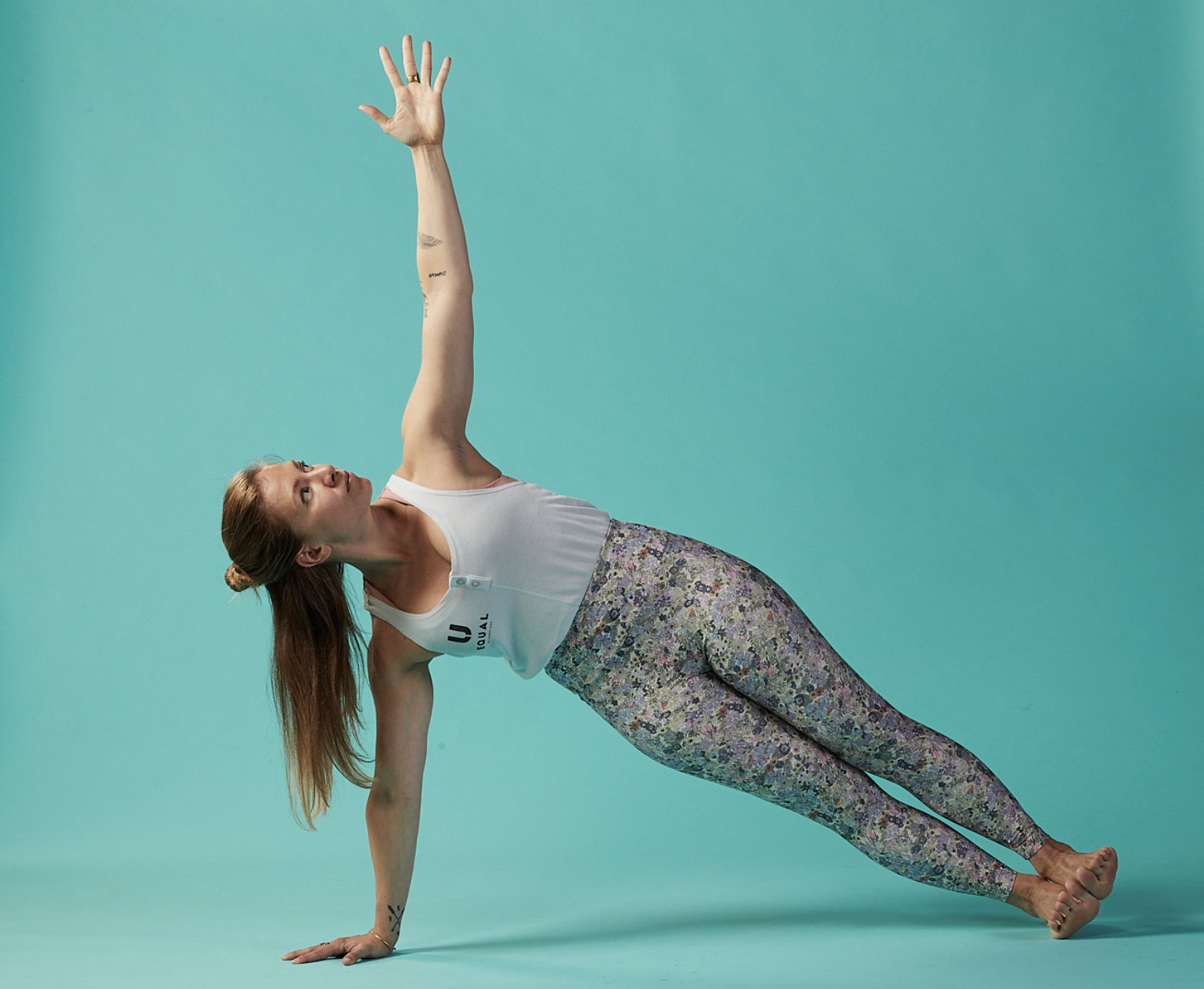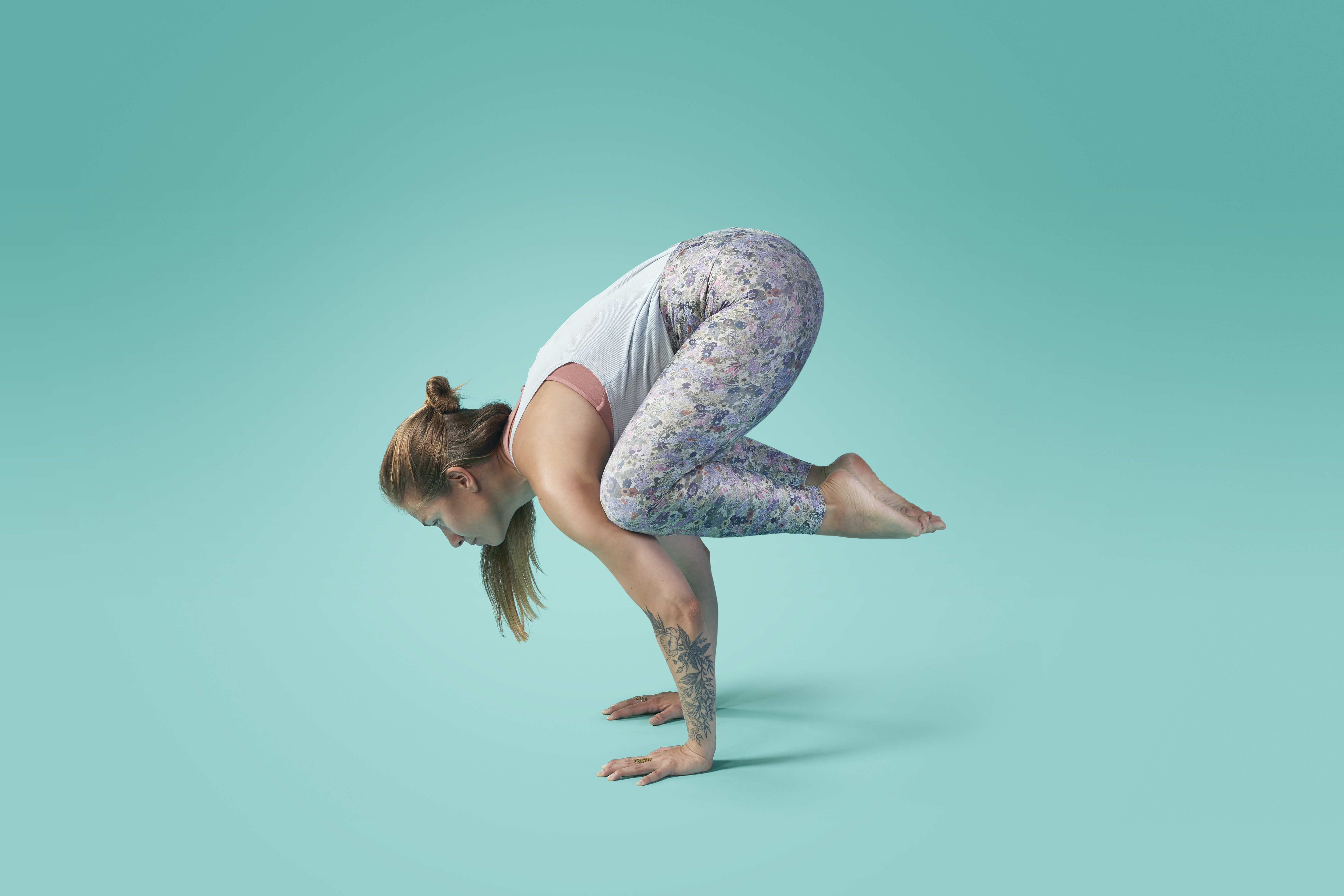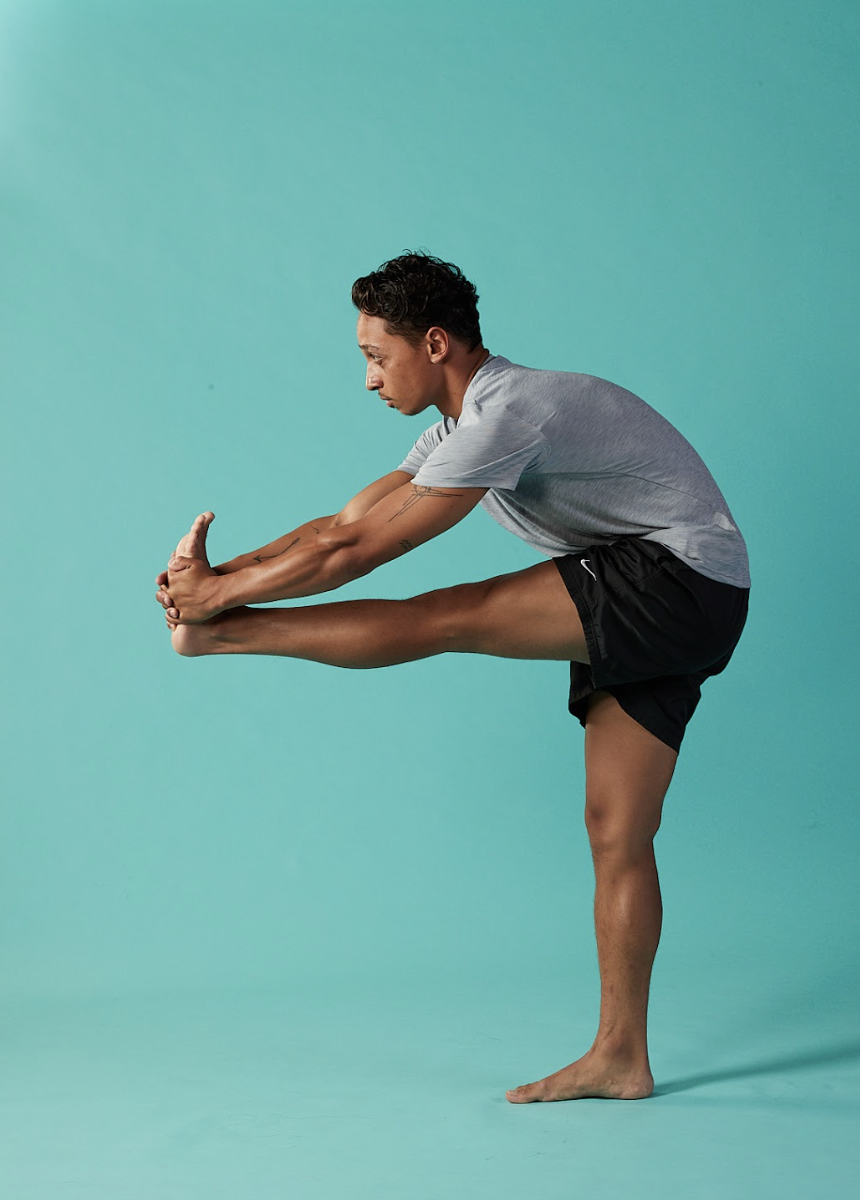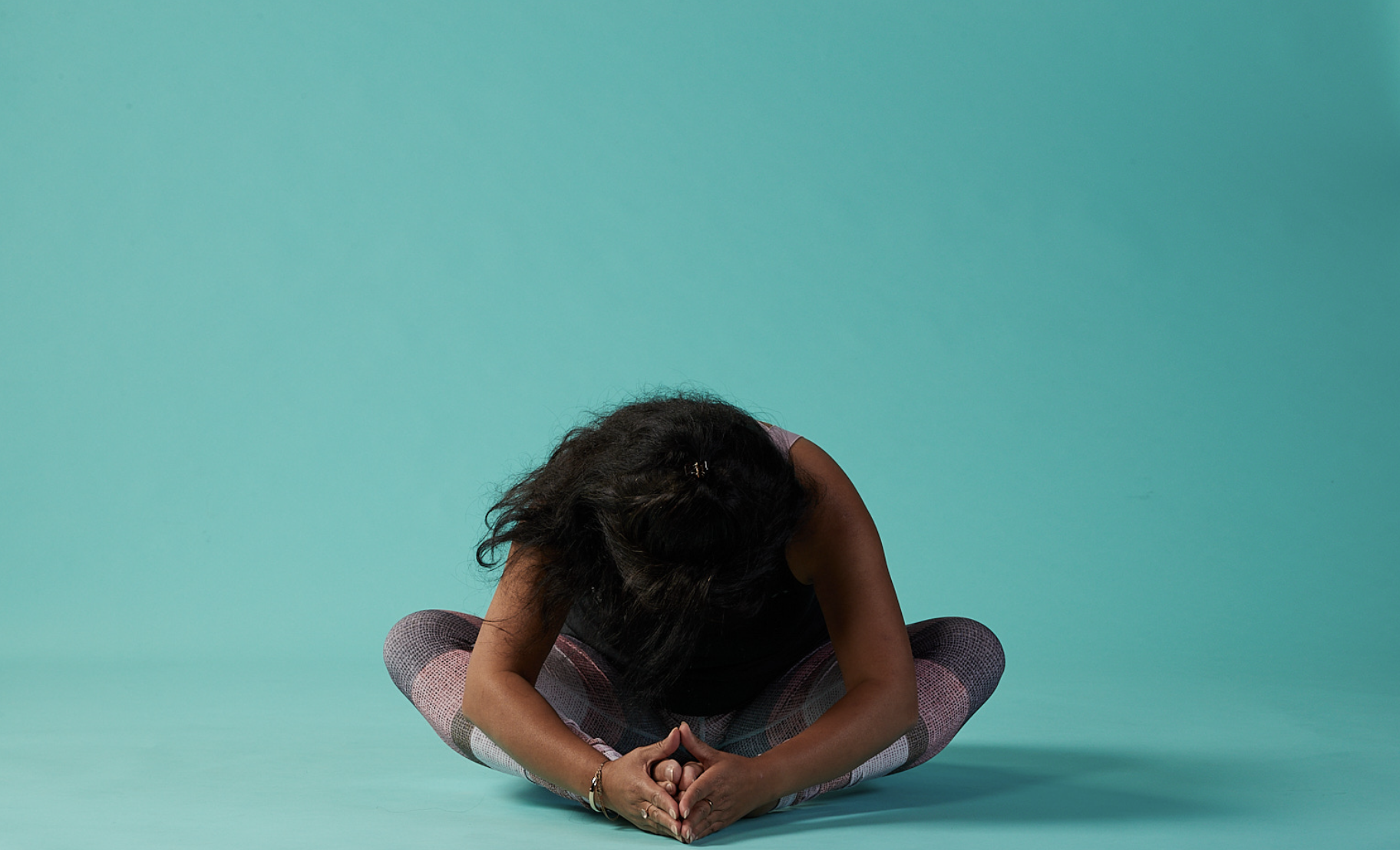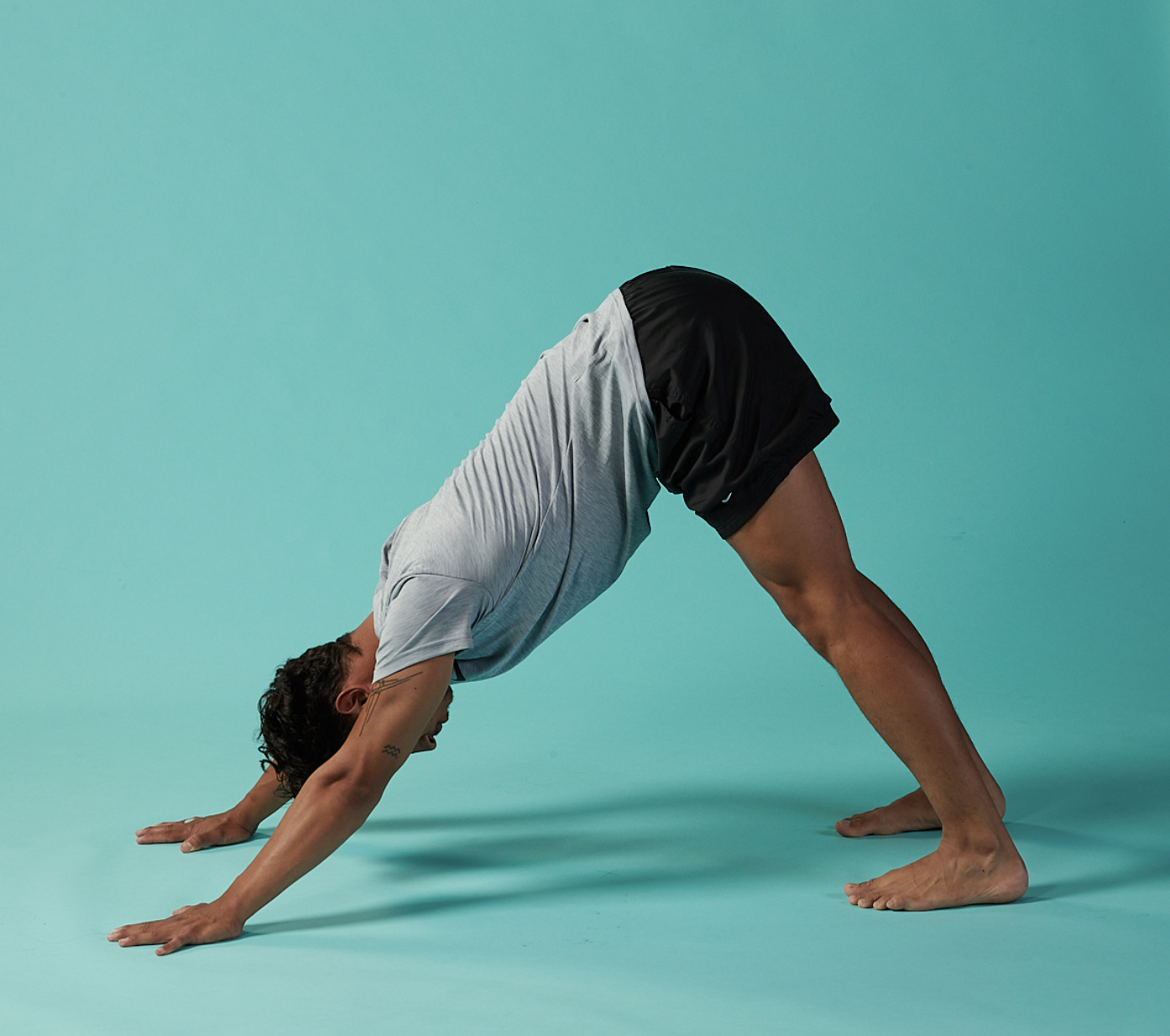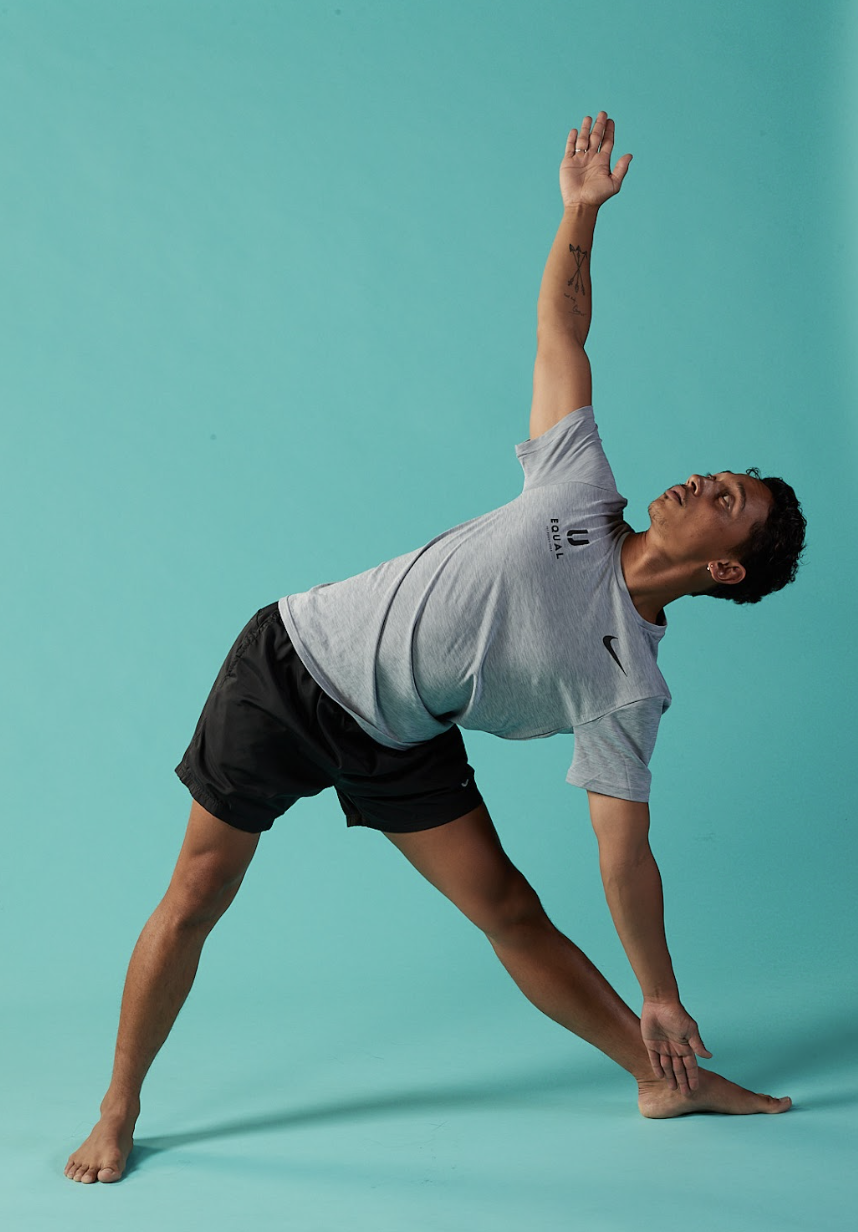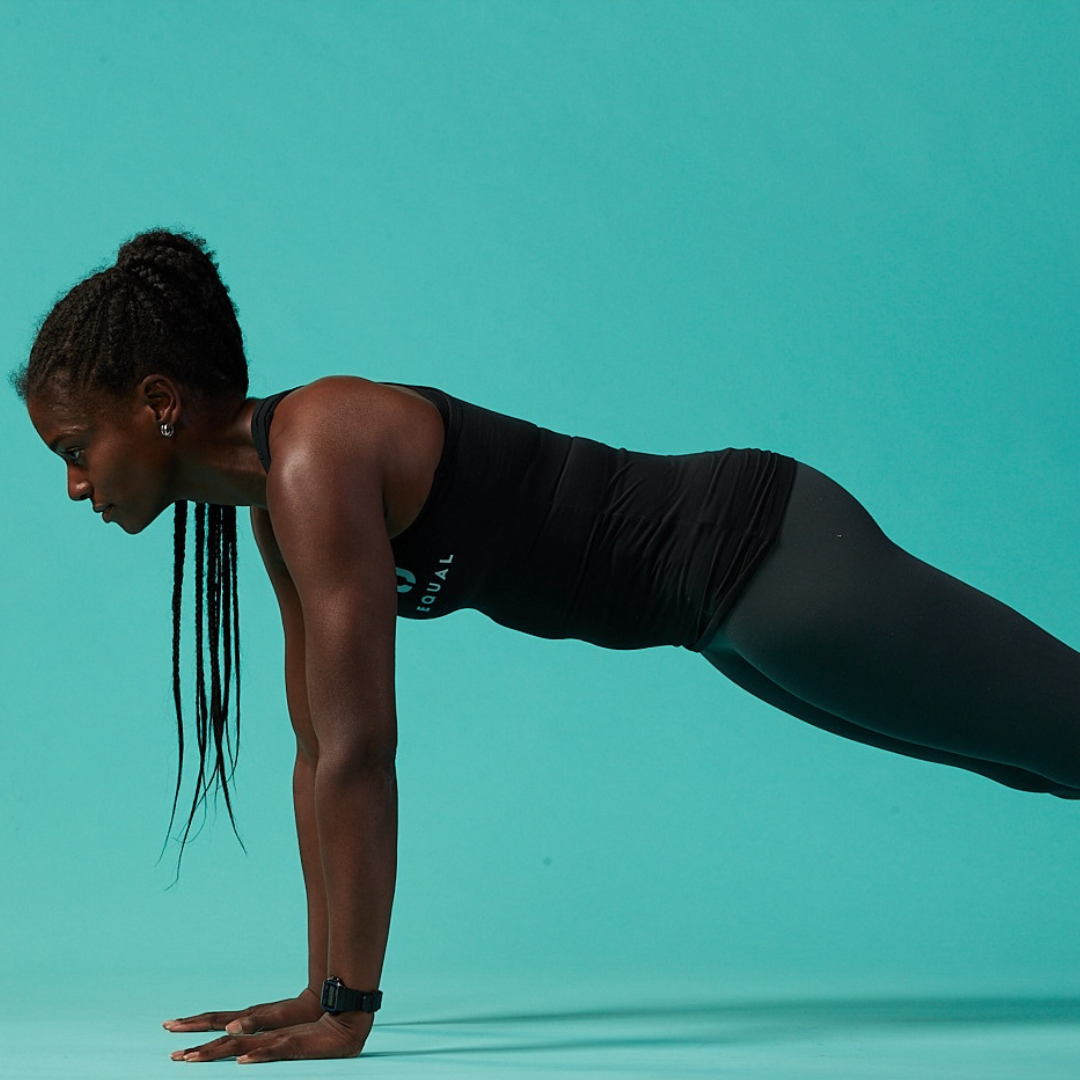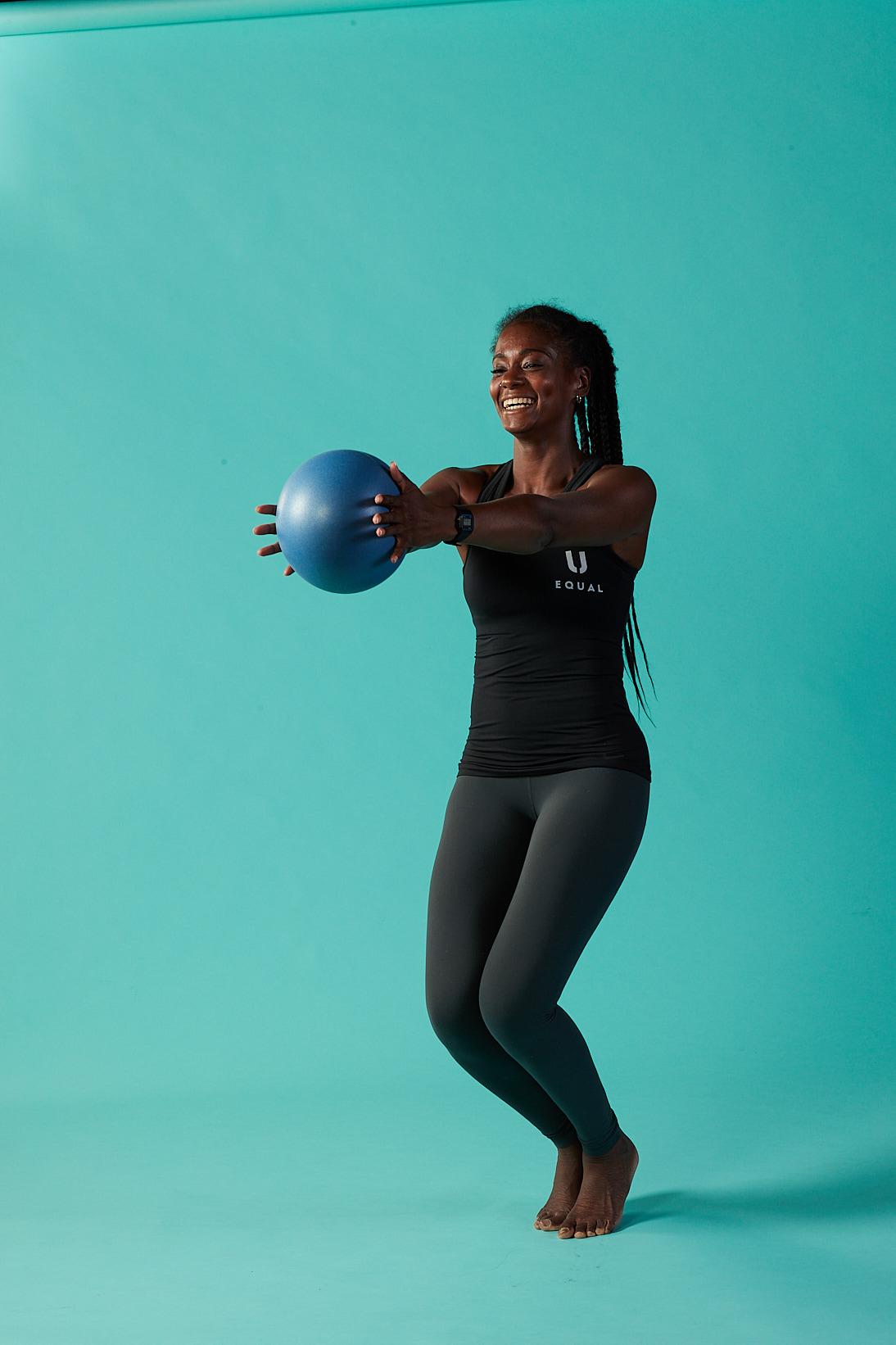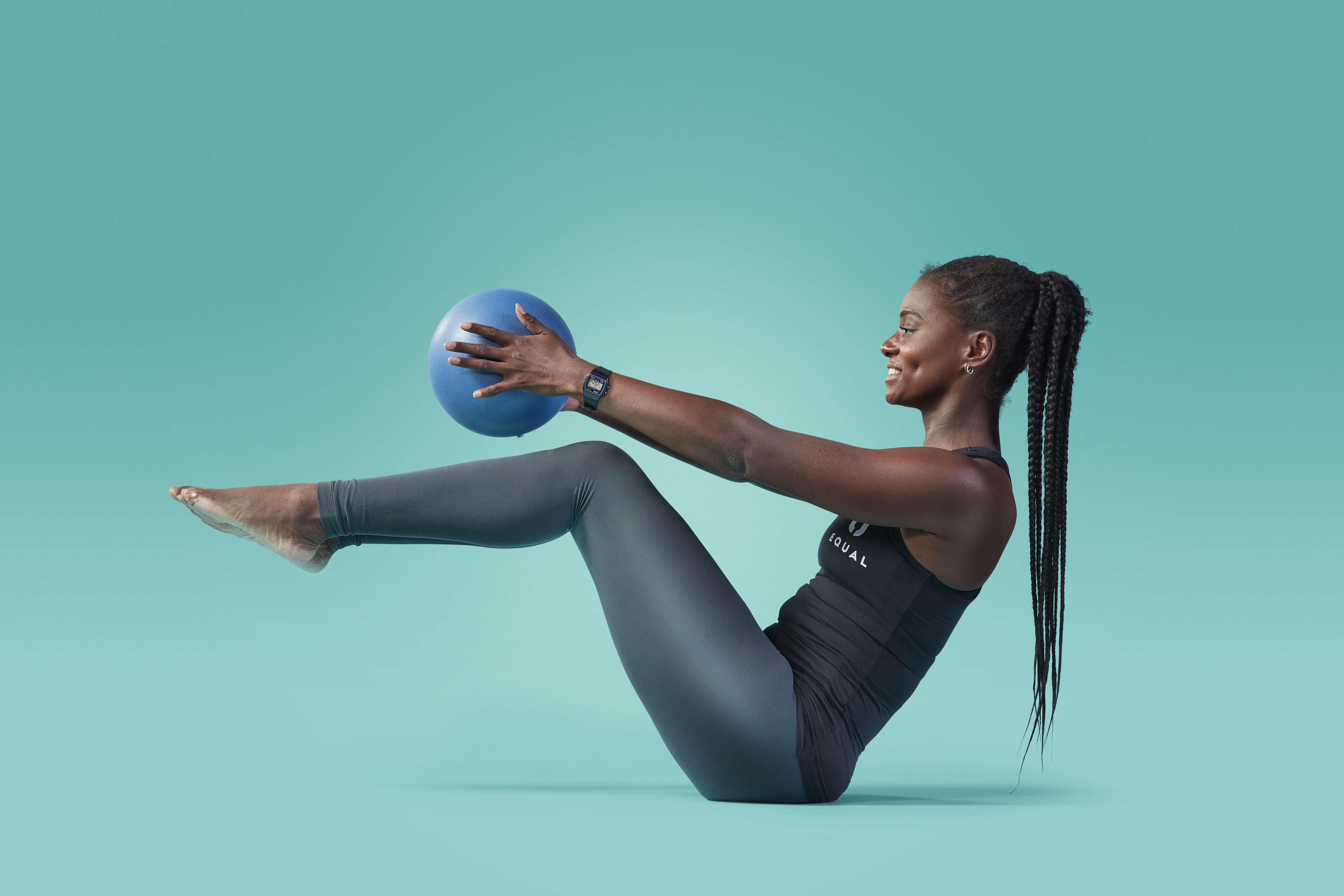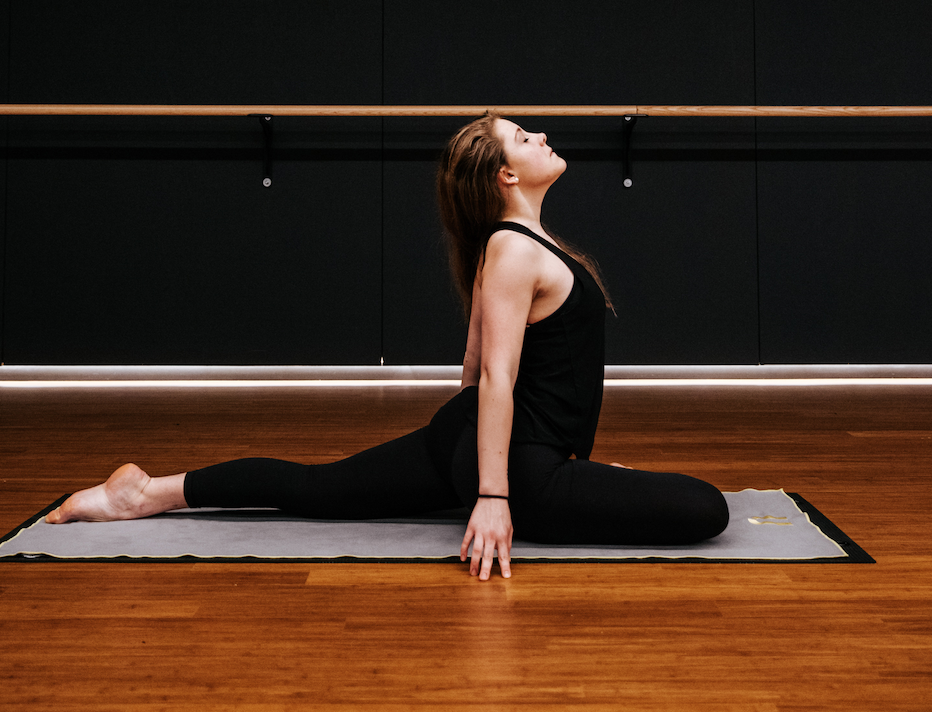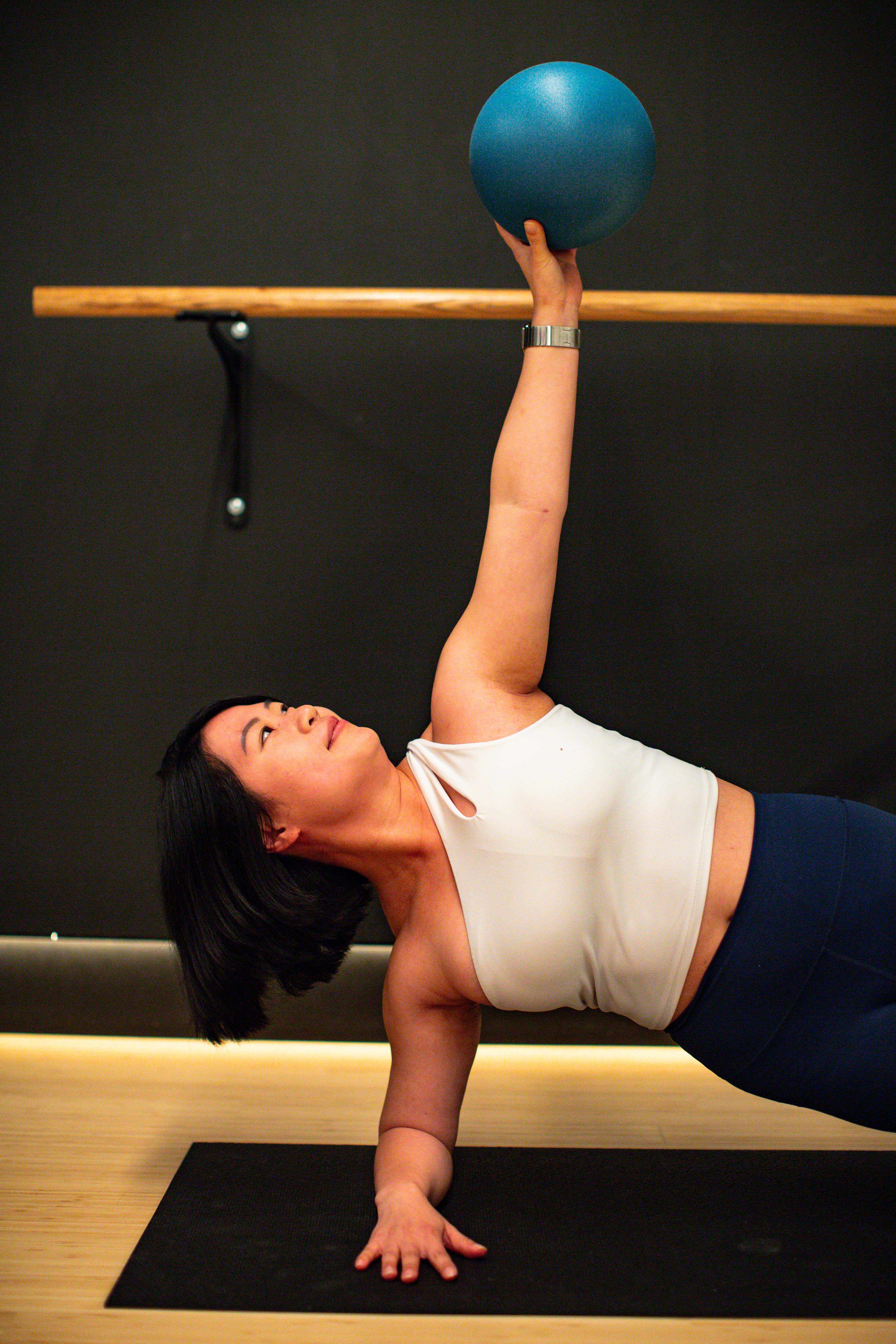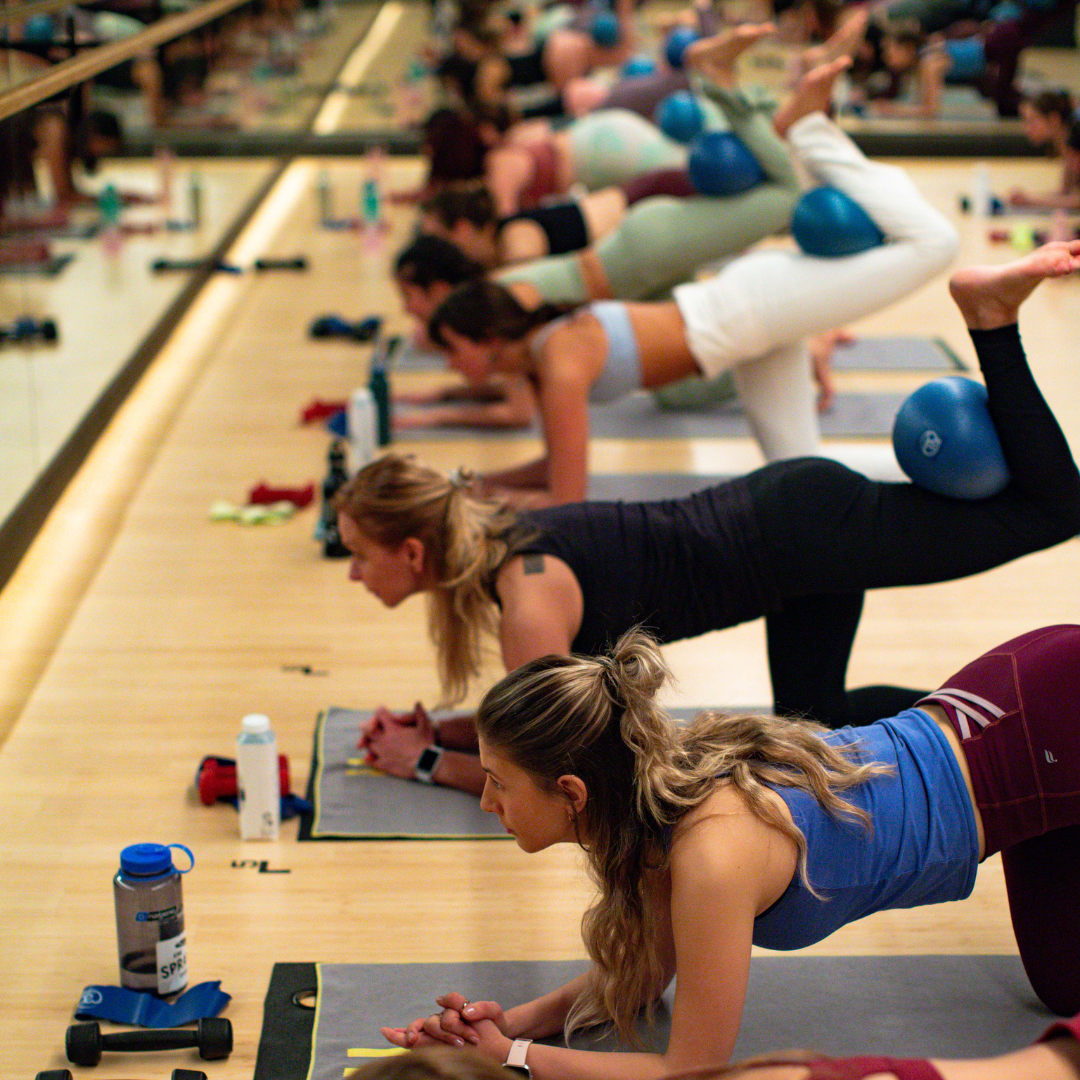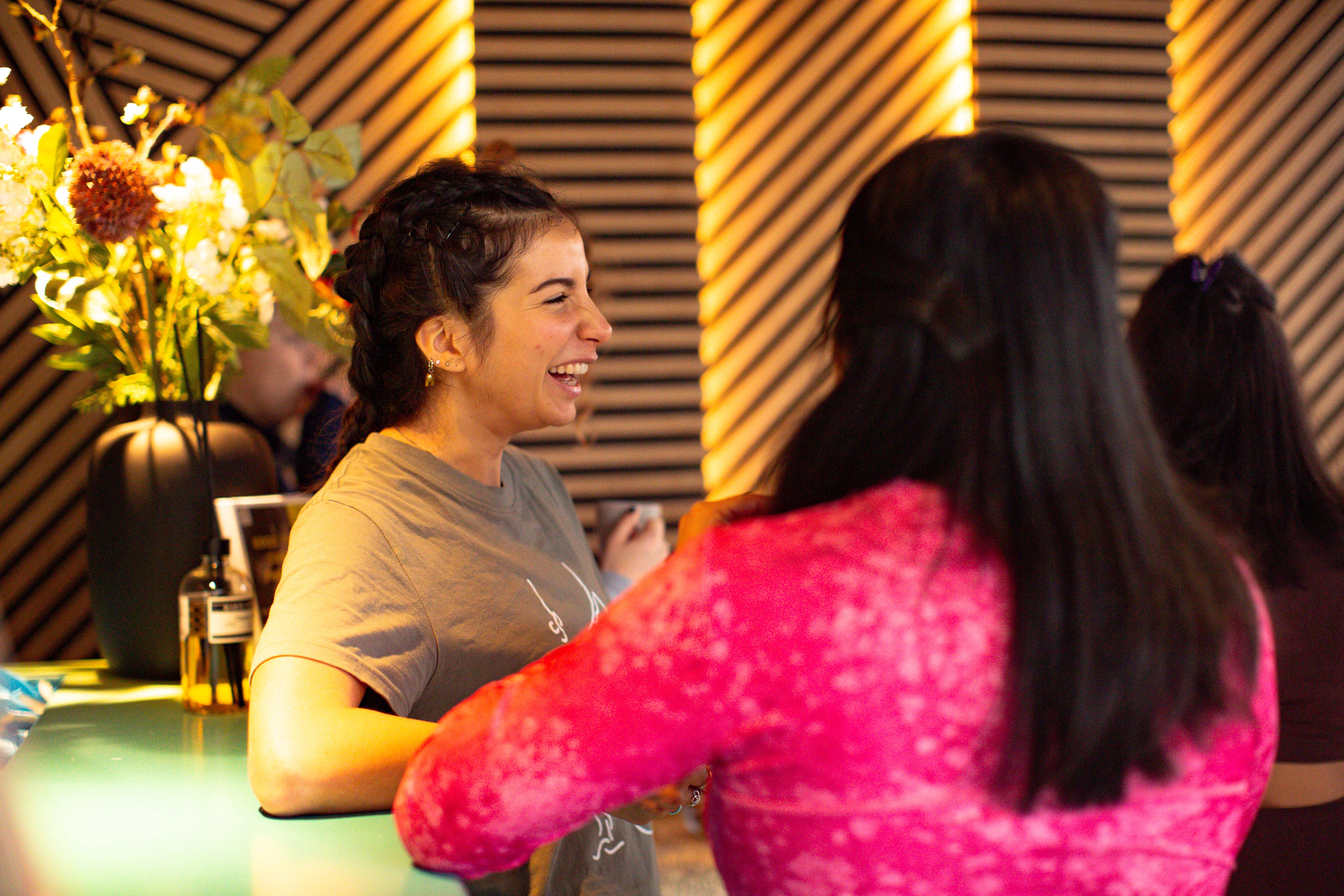If you regularly participate in athletic activities, whether it’s running, cycling, hitting the gym, or joining your favourite sweaty yoga or barre class, then you might have felt your body become over extended.
Sore muscles, muscle strains, sprains, and pulled or torn muscles are all signs of overworking our bodies. They are also indications that your body could use some additional care and that is where Yin yoga comes into your recovery routine.
Whether you are recovering from an injury or need relief after a hard workout, practicing Yin yoga on your rest days will aid recovery between sessions and also help to prevent injuries. It’s great for increasing flexibility, relieving tightness and deeply relaxing both body and mind. It’s not comfortable, and it requires a good amount of time, but the benefits are absolutely worth the effort.
The fundamental reason that this style of yoga is so effective for athletes is that it offers a counterbalance to the effort required and tension created by high-intensity training. Yin yoga gives us the opportunity to focus on recovery over strain and flexibility over strength. It is designed to alleviate stiffness and restore healthy range of motion so that you can maximise your training time and fulfil your athletic potential.
So, why do we need to stretch our body? Many of us sit in the same position for much of the day, which tightens up the hips and hamstrings, neck and shoulders, and as athletes you perform at your best by strengthening certain muscles at the expense of other sets of muscles. Muscular imbalances and decreased range of motion, resulting from the “use it or lose it” principle, inevitably lead to stiffness and pain over time. Luckily, there is a simple solution: yin yoga.
You will hold each pose for a couple of minutes (usually 3-5), putting stress on the tight muscles, to really get into the connective tissues. Although Yin yoga is a slower practice, it can still be quite challenging for both the body and mind. Some discomfort is normal when holding poses for this length of time. Try to stay with these sensations and observe any emotions that may arise. You should not feel any pain, however.
The goal is not only to stretch out the muscles but to go deeper, relaxing, and elongating the body’s connective tissue, especially within the joints, which other styles of yoga cannot properly address. By accessing the deep connective tissue of the body, you create more flexibility in the joints and we make them more ‘juicy’ which helps to protect the joints especially as you age.
Holding poses for an extended period of time can feel similar to a massage. With the stretch and opening happening at the connective tissues and fascia you improve the athletic performance of your muscles and increase muscle flexibility. This focus on connective tissues can alter the movement of the body during your athletic activities. This openness allows your body to move more freely and can help reduce the incidence of injury to muscles like hamstrings, glutes and abs. This flexibility also makes recovery from strenuous athletic activities easier and faster.
Yin yoga is just is the perfect complement practice to a rigorous athletic training program.
Are you interested in learning more about Yin yoga and what the benefits could be for your body? Join our 100-hour Yin Yoga Teacher Training that starts in October. For more info check our website of contact tt@equalyoga.com. You can also sign up for the info-session on Monday September 5, from 7 to 9pm at our Rozengracht location.
